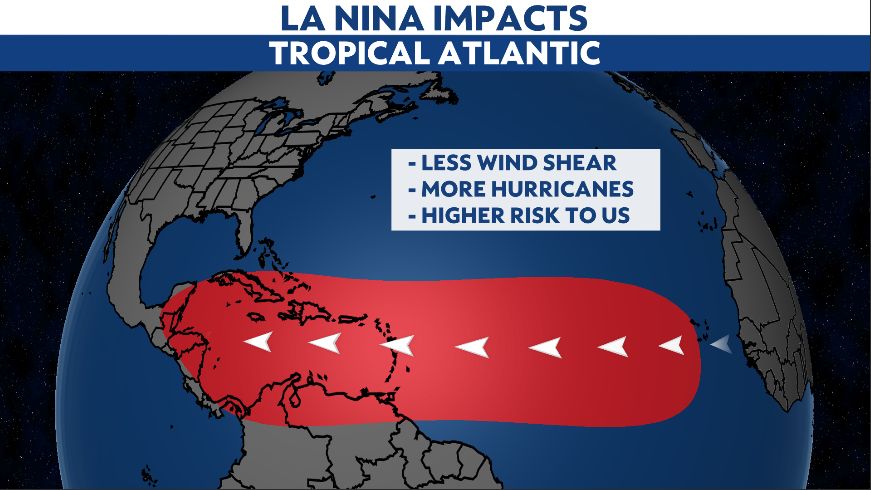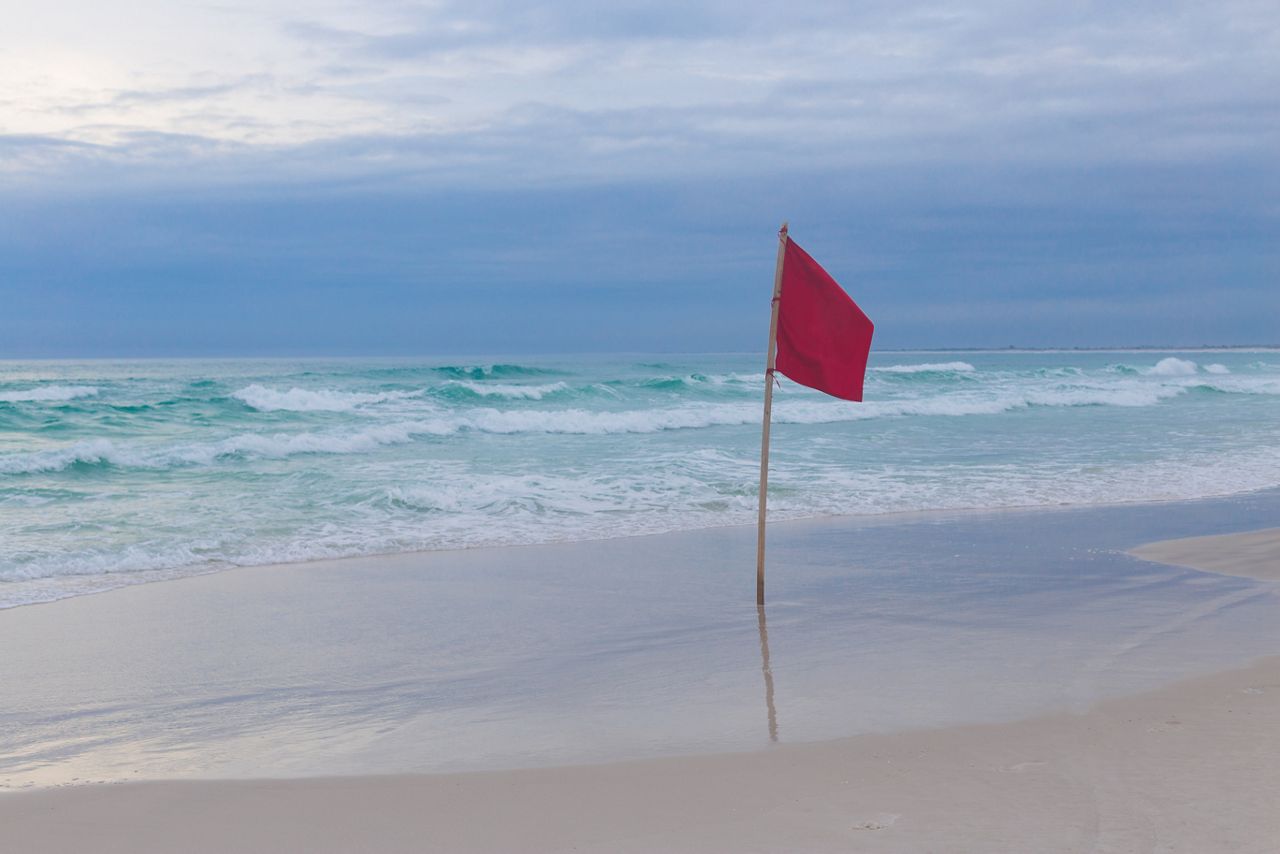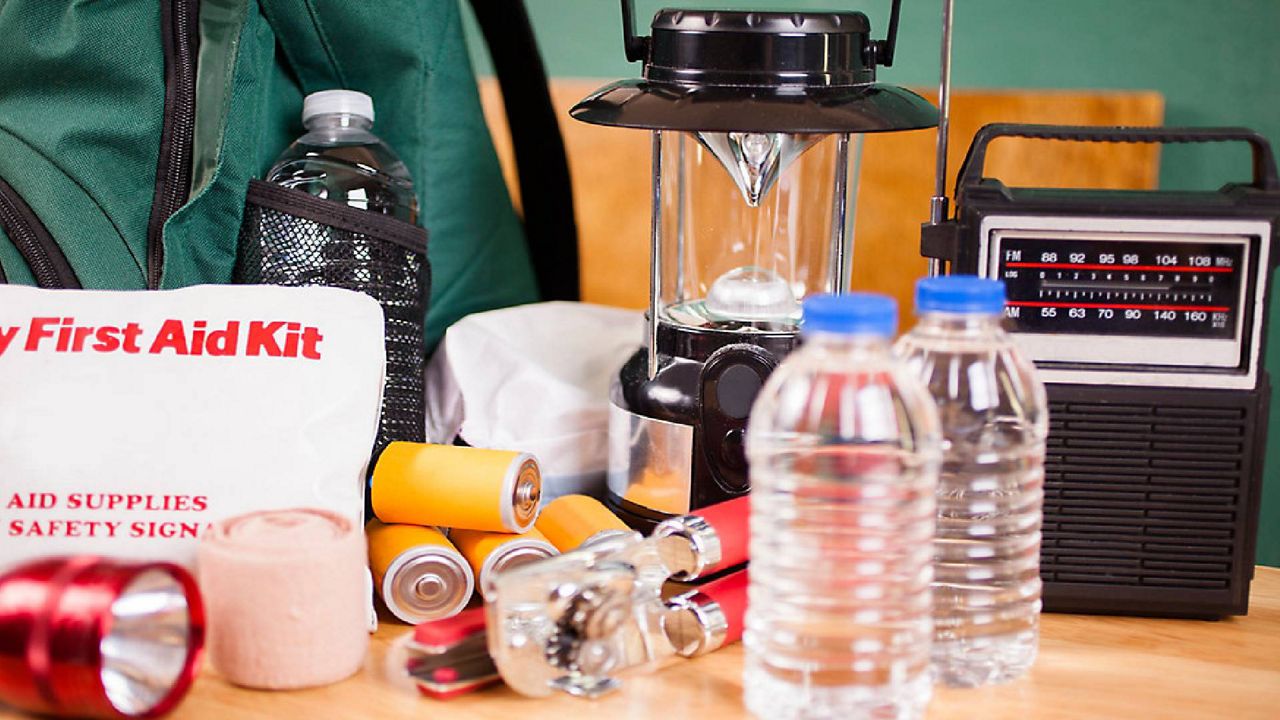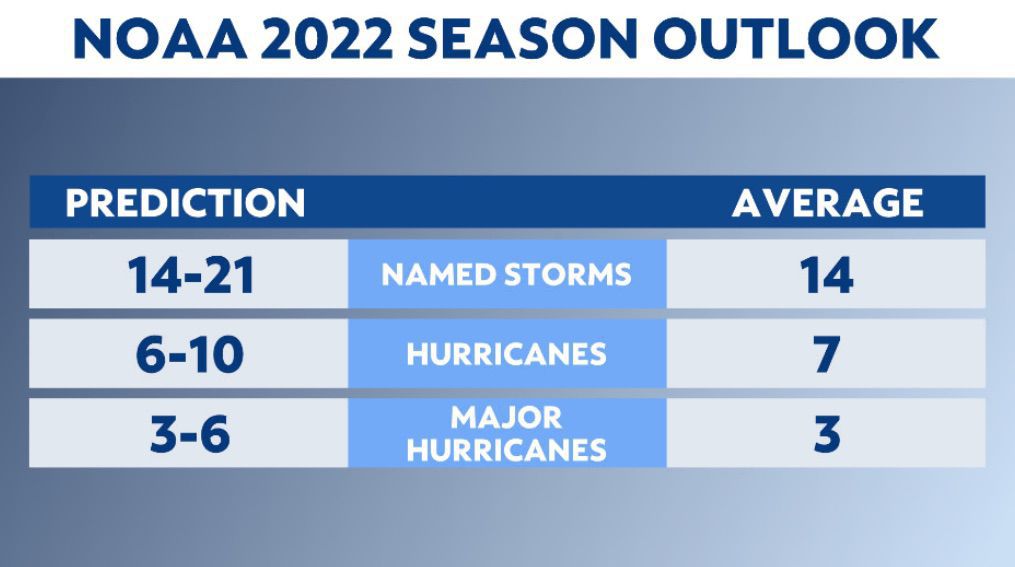With hurricane season underway, the National Hurricane Center is reinforcing its message for people and families to stay vigilant and prepared for whatever occurs now through November.
We spoke to Ken Graham, the National Hurricane Center Director for NOAA’s National Weather Service, about the season and what you can do to prepare.
An above-average season
He says it’s going to be a busy hurricane season once again. NOAA meteorologists expect 14 to 21 storms for the 2022 Atlantic hurricane season. Plus, six to ten of those will become hurricanes too.
Graham says it’s of the utmost importance to get the latest storm forecast because any slight change in the forecast could affect its path and impact.
“You have to be prepared as you think you are going to be hit every year. The small changes could make a big difference.”
NOAA says the season is above normal because “we are stuck in this La Niña situation.” This means we are seeing the cooling of water in the Pacific, but that means in the Atlantic for hurricane season, the water is warmer.
Meteorologists look at the global trends to determine the outlook. Graham told us he expects the African monsoon to be pretty active again.
“Storms coming off the continent of Africa and getting into the Atlantic with warm water, plenty of fuel, and that spells a busy season.”

Communicating a simple message
The NHC Director says having a coherent message is key to save lives and keep people safe. To prepare for the season, he recommends people have a way to get forecast information via internet, radio or television.
Plus, it’s also important for people to know your risk.
“If you are along the coast, know your evacuation zone and the zone you are in. Those evacuation calls are based on science. We are looking at the forecast, we’re looking at the impacts and we communicate those in our briefings.”

A red flag beach warning for an approaching storm.
Also, don’t wait until the last minute to get supplies.
“I would highly advise to buy supplies a little bit every week, every few days. If you wait to the last minute, things could run out or be expensive.”

An example of a hurricane supply kit.
Graham also notes that there could be some crisis fatigue with people living through the COVID pandemic. However, he reinforces for people to remain aware and his team of meteorologists does that by communicating the facts.
“We have been through a lot. It’s a matter of saying that we cannot stop the hurricanes, we can stop these things from happening, we just have to be prepared for them, it’s a part of life.”
Graham says part of the job is to communicate actions to people to save their lives, but it’s also important to keep them calm at the same time.
The last word
Graham says people need to be ready. The NHC says the United States has more Category 4 and 5 landfalls fall from 2017 to 2021 than 1963 to 2016. Plus, in the last 100 years, every storm that hit the U.S. at 150 mph and more was a tropical storm or less three days out.
“That’s why you have to get ready, because you don’t always have that long timeline.”

